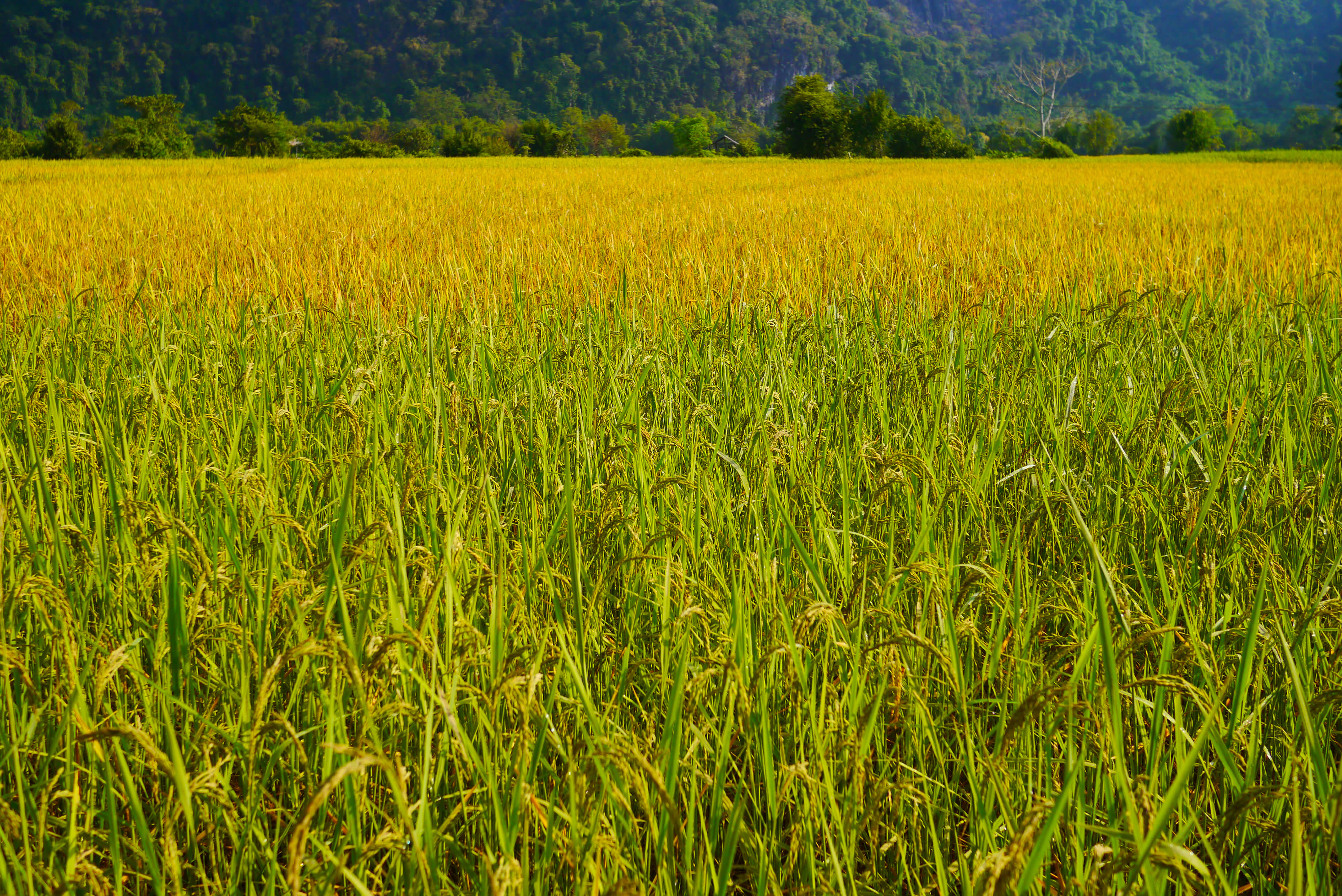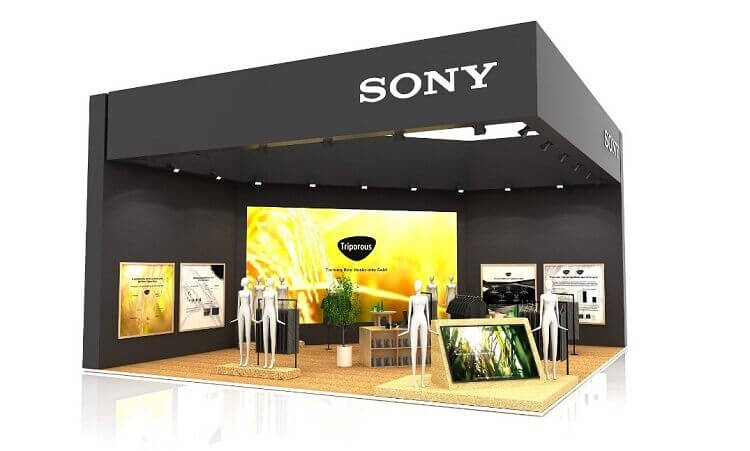
Produced from carbonised rice husks, the natural fibre material comprises a unique microstructure that enables high-speed adsorption of odour molecules while contributing to global sustainable development. Fiona Haran finds out more.
Within the last few years, we’ve witnessed a number of technology giants enter the textile and apparel space, with the likes of Microsoft, Google and Samsung naturally gravitating towards smart textiles.
The latest player to throw their hat into the ring is Sony, but instead of contributing to the growing wearable technology market, the Japanese corporation has taken the sustainability route by developing a new kind of functional natural fibre.
Recently presented at ISPO Munich, Triporous is a porous carbon material with a unique microstructure made from rice husks, the coating on a seed or grain of rice, which is a surplus biomass. Triporous FIBER is described as “an approval mark for final products of the apparel use case that meet criteria set by Sony”.
Explaining the manufacturing process, Sony says that the first step is to carbonise the rice husks by clearing the large amount of silica accumulated between the cells of the husks. Next, the silica is ‘etched’ (eliminated) to form large macropores, and then mesopores and micropores are developed in an activation process (a high-temperature method that uses water vapour). The result of this process is a material with a unique porous structure, featuring a mix of macropores, mesopores, and micropores.
The material is capable of easily adsorbing large molecular weight substances, which Sony says was difficult with conventional materials. Moreover, this structure also enables high-speed adsorption of low molecular compounds, making Triporous a versatile material for use in applications such as water and air purification. In addition, Triporous can hold more than twice the amount of liquid compared to conventional activated carbon. Twice the liquid means twice the chemical agent, resulting in a longer lifespan for filters using Triporous, according to Sony.
A natural choice
Triporous was invented in 2006, and Sony started application development for the apparel industry about three years ago, with trademark licensing of Triporous FIBER beginning in October 2019. The brand has been conducting joint research and development as well as product development with various companies using this material.
Shun Yamanoi, Sony’s business development manager, tells WTiN that the team has successfully used carbon materials in the past, but was interested in applying it to other categories. So, following the launch of Triporous FIBER in Japan, the brand is now starting to expand to global industries – earmarking textiles and apparel as key end-use markets.
Explaining the decision behind rice husks, Makoto Koike, deputy general manager, says: “Rice husks contain more than 20% silica. This is very important for creating such a unique microstructure. After removing the silica, we can get larger pores – much larger than bamboo fibres for instance, which only have a tiny micropore. So far, we only provide rayon fibre containing Triporous, which is 100% biodegradable. As Triporous has a unique microstructure, it can adsorb a variety of substances very quickly with a large capacity. So, we’ve proposed this technology for several industries like water and air purification and apparel as well.”
Triporous is particularly suitable for sports and outdoor wear, thanks to its advanced odour control properties. Compared to activated carbon, Triporous achieves six times faster adsorption of the ammonia gas responsible for body and pet odours.
“Triporous can adsorb odour, viruses and bacteria, which are difficult to adsorb with conventional active carbon,” Koike explains. “Most odour-neutralising solutions depend on chemicals, but Triporous doesn’t. It can capture odour molecules using its microstructure, and can keep it strongly inside until its limit, but it can be released by washing.”
Additionally, Triporous enables black colour dyeing without using chemicals, which is also welcomed in terms of sustainability in the apparel industry, he adds.
Sony aims to address social issues with this new Triporous material, and in doing so, hopes to contribute to the SDGs (Sustainable Development Goals) adopted by the United Nations.
The main contributions of Triporous to certain SDGs are:
- Contributes to the creation of a recycling-orientated society by using rice husk waste, which totals 100 million tons worldwide. Expanding on this, Koike says: “It is said that combustion of rice straw and husks is the major cause of PM2.5 [the mixture of solid particles and liquid droplets in the air] but leaving them as is on the soil will generate methane, a greenhouse gas, when decomposed by microorganisms. Since production of Triporous carbonises rice husks instead of combusting, Triporous can be a new solution to these problems.”
- Contributes to water and air purification by making the most of the adsorption characteristics of Triporous.
- Globally promotes development and commercialisation through open innovation.
Partnering for change
As Sony doesn’t have roots in the textiles and apparel market, it is relying on industry partnerships and feedback in order to expand its presence in this field.
“We are not experts in the apparel area, as well as water and air purification, and this is why we have faced many challenges. And we appreciate help from companies,” says Yamanoi. “This is why we adopt an open innovation style.”
The company is hoping to target brands who share Sony’s strong commitment to sustainability. “Many people who have visited us here at ISPO have spoken of the importance of sustainability,” he adds.
Sony is developing another material for the textile and apparel industry, but the details of this material are yet to be disclosed.
To learn more about Triporous FIBER, visit https://www.sony.net/triporous/
Have your say. Join the conversation and follow us on LinkedIn




